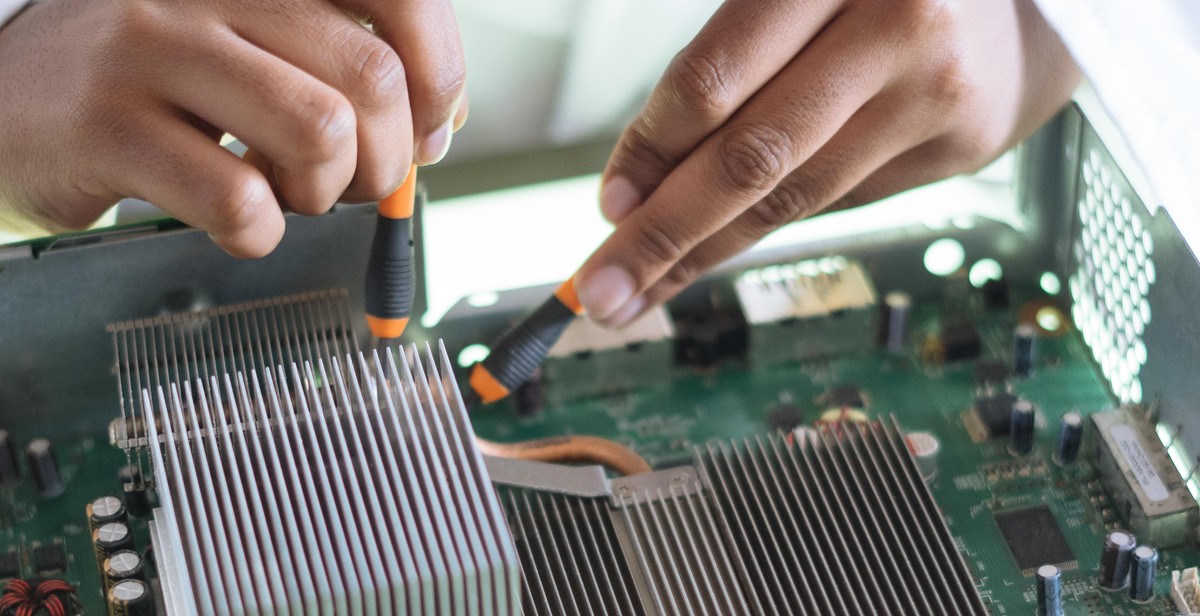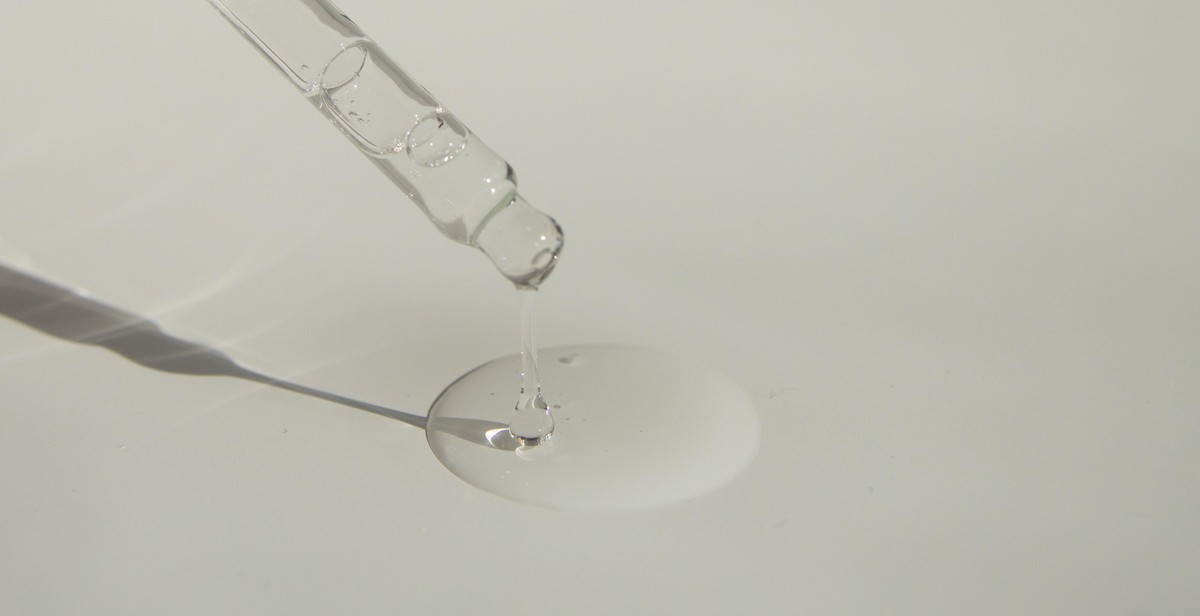Introduction
Are you tired of constantly watering your plants manually or wasting water with inefficient irrigation methods? If so, it’s time to consider installing a drip irrigation system. Drip irrigation is a highly efficient way to water plants, delivering water directly to the roots through a network of tubes and emitters.
What is a Drip Irrigation System?
A drip irrigation system, also known as micro-irrigation, is a method of watering plants that delivers water directly to the roots through a network of tubes and emitters. Unlike traditional irrigation systems that spray water over a large area, drip irrigation systems apply water slowly and precisely to the plants’ root zones.
The system typically consists of a water source, a timer, tubing, and emitters. The tubing is laid out in a grid pattern, and the emitters are installed along the tubing at the base of each plant. The water source is connected to the tubing, and the timer regulates how long the water is delivered to the plants.
Why Use a Drip Irrigation System?
Drip irrigation has several advantages over traditional irrigation methods. Firstly, it is highly efficient, delivering water directly to the plants’ roots where it is needed most. This reduces water waste and saves money on water bills. Secondly, drip irrigation systems are easy to install and maintain, making them a convenient option for homeowners and gardeners. Finally, drip irrigation systems can improve plant health by reducing the risk of overwatering and limiting the growth of weeds.
In the following article, we will provide step-by-step instructions on how to install a drip irrigation system for efficient watering.

Planning Your Drip Irrigation System
Before installing a drip irrigation system, it is important to plan and assess your water source, map your garden, and choose the right components. By taking these steps, you can ensure that your drip irrigation system is efficient and effective in watering your plants.
Assessing Your Water Source
The first step in planning your drip irrigation system is to assess your water source. You need to determine the water pressure and flow rate of your water source to ensure that your drip irrigation system can function properly. You can use a water pressure gauge and a flow meter to measure the water pressure and flow rate respectively.
Additionally, you need to consider the quality of your water source. If your water source has high levels of minerals or chemicals, it can clog your drip irrigation system and affect the health of your plants. In this case, you may need to install a water filtration system before connecting it to your drip irrigation system.
Mapping Your Garden
The second step in planning your drip irrigation system is to map your garden. You need to determine the layout of your garden and the location of your plants to ensure that your drip irrigation system can cover all areas. You can use a garden hose to mark the perimeter of your garden and the location of your plants.
Once you have determined the layout of your garden, you can decide on the type of drip irrigation system that is suitable for your garden. There are different types of drip irrigation systems, such as point source, inline, and micro-sprinklers. Each type has its own advantages and disadvantages, so you need to choose the one that best suits your garden and plants.
Choosing the Right Components
The third step in planning your drip irrigation system is to choose the right components. You need to select the appropriate tubing, emitters, valves, and filters to ensure that your drip irrigation system can function properly and efficiently.
When selecting tubing, you need to consider the diameter, thickness, and material. Thicker tubing is more durable but may affect the water pressure and flow rate. The material of the tubing should also be resistant to UV rays and chemicals.
Emitters are the devices that deliver water to your plants. You need to choose the appropriate emitter based on the type of drip irrigation system and the water needs of your plants. Valves control the flow of water in your drip irrigation system, while filters prevent clogging and ensure the quality of your water source.
| Component | Function |
|---|---|
| Tubing | Delivers water to your plants |
| Emitters | Deliver water to your plants |
| Valves | Control the flow of water |
| Filters | Prevent clogging and ensure water quality |
By following these steps, you can plan and install a drip irrigation system that is efficient, effective, and tailored to the needs of your garden and plants.

Installing Your Drip Irrigation System
Once you have prepared the area for your drip irrigation system, the next step is to install it. Here are the steps you need to follow:
Laying the Mainline
The mainline is the backbone of your drip irrigation system. It is the pipe that carries water from the source to the rest of the system. To lay the mainline, follow these steps:
- Measure the distance from your water source to the farthest point in your garden.
- Cut the mainline to the appropriate length.
- Connect the mainline to your water source using a backflow preventer and a pressure regulator.
- Lay the mainline along the perimeter of your garden, making sure it is at a consistent depth and slope.
Installing the Drip Lines
Once the mainline is in place, it’s time to install the drip lines. These are the smaller pipes that carry water to each plant. Here’s how to do it:
- Cut the drip lines to the appropriate length.
- Poke holes in the drip lines at the locations where you want to place the emitters and drippers.
- Attach the drip lines to the mainline using connectors.
- Secure the drip lines in place using stakes or clips.
Adding Emitters and Drippers
Emitters and drippers are the components that deliver water to your plants. Here’s how to add them:
- Insert the emitters and drippers into the holes you made in the drip lines.
- Make sure the emitters and drippers are the appropriate size for your plants and the flow rate of your system.
- Adjust the position of the emitters and drippers as needed to ensure even watering.
Installing the Timer
The timer is what controls when and how long your drip irrigation system runs. Follow these steps to install it:
- Choose a location for the timer near your water source and mainline.
- Connect the timer to your water source and mainline using the appropriate connectors.
- Set the timer according to your watering schedule and the needs of your plants.
- Test the system to make sure it is working properly.
With these steps, you can install a drip irrigation system that will efficiently water your plants and save you time and water.

Maintaining Your Drip Irrigation System
Once your drip irrigation system is installed, it is important to keep it in good working condition to ensure efficient watering. Here are some tips for maintaining your drip irrigation system:
Checking for Leaks and Clogs
Regularly check your drip irrigation system for leaks and clogs. Leaks can waste water and cause damage to your plants and the surrounding area. Clogs can prevent water from reaching your plants and cause them to dry out.
To check for leaks, turn on your system and inspect all of the connections and hoses for signs of water. If you notice any leaks, tighten the connections or replace damaged hoses. To check for clogs, remove the emitters and flush the hoses with water to remove any debris that may be blocking the flow of water.
Replacing Components
Over time, components of your drip irrigation system may wear out or become damaged. It is important to replace these components to ensure that your system continues to function properly. Common components that may need to be replaced include emitters, hoses, and filters.
When replacing components, make sure to use the same type and size of component as the original. This will ensure that your system continues to function properly and that all of the components work together seamlessly.
Adjusting Water Flow
The water needs of your plants may change over time, so it is important to adjust the water flow of your drip irrigation system accordingly. This can be done by adjusting the flow rate of the emitters or by adding or removing emitters from the system.
To adjust the flow rate of the emitters, simply turn the flow control valve on each emitter. To add or remove emitters, simply insert or remove them from the hoses as needed.
By regularly checking for leaks and clogs, replacing components as needed, and adjusting the water flow of your drip irrigation system, you can ensure that your plants receive the proper amount of water for healthy growth.

Conclusion
Installing a drip irrigation system is an excellent way to ensure that your plants receive the exact amount of water they need without wasting any water. The benefits of a drip irrigation system are numerous and include:
- Reduced water usage: Drip irrigation uses up to 50% less water than traditional watering methods, making it a more sustainable option.
- Improved plant growth: Drip irrigation delivers water directly to the roots, ensuring that plants receive the right amount of water and nutrients, resulting in healthier plants and improved growth.
- Reduced weed growth: Since drip irrigation only delivers water to the plants, it reduces the amount of water that reaches weeds, resulting in less weed growth.
- Time-saving: Drip irrigation systems are automated, making it easy to water your plants even when you’re not around.
- Cost-effective: While the initial cost of a drip irrigation system may be higher than traditional watering methods, it saves money in the long run by reducing water usage and plant loss.
By following the steps outlined in this article, you can install your own drip irrigation system and enjoy the benefits of efficient watering. Remember to choose the right system for your needs, plan your layout carefully, and maintain your system regularly to ensure optimal performance.
